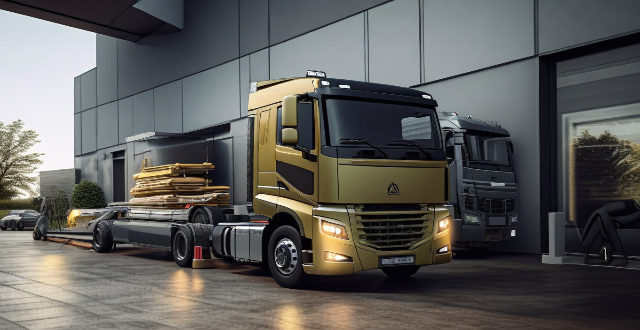Hub motors offer numerous benefits for vehicle handling and performance, including improved weight distribution, torque vectoring, and energy recovery through regenerative braking. These features enhance a vehicle's overall efficiency, stability, and performance. As technology advances, we can expect to see more innovative uses for hub motors in the automotive industry.

Introduction
Hub motors are becoming increasingly popular in the automotive industry due to their numerous benefits. They are compact, lightweight, and highly efficient, making them an ideal choice for electric vehicles. However, how do hub motors affect the handling and performance of a vehicle? In this article, we will explore the impact of hub motors on various aspects of vehicle performance.
Weight Distribution
One of the most significant advantages of hub motors is their ability to improve weight distribution. Since the motor is located at the wheel hub, it helps to distribute the weight more evenly across the vehicle. This can lead to better handling, stability, and traction, especially during high-speed driving or cornering.
Advantages:
- Improved Handling: Better weight distribution leads to improved handling, as the vehicle responds more predictably to driver inputs.
- Increased Stability: With weight distributed more evenly, the vehicle is less likely to lose control during sudden maneuvers or when encountering uneven terrain.
- Enhanced Traction: Even weight distribution ensures that all wheels have adequate contact with the road surface, providing better traction and reducing the risk of slipping or skidding.
Torque Vectoring
Hub motors also enable torque vectoring, which is the process of independently controlling the torque applied to each wheel. This allows for precise control over the vehicle's direction and speed, improving both its handling and performance.
Advantages:
- Improved Cornering: By applying different levels of torque to each wheel, the vehicle can turn more sharply and smoothly, resulting in better cornering performance.
- Enhanced Acceleration: Torque vectoring allows for faster acceleration by distributing power more effectively between the wheels, reducing wheel spin and improving grip.
- Increased Stability: By adjusting torque distribution in real-time, the vehicle can maintain stability during high-speed driving or when encountering challenging road conditions.
Energy Recovery
Another benefit of hub motors is their ability to recover energy through regenerative braking. This feature allows the motor to capture and store energy that would otherwise be lost during braking, improving overall efficiency and extending the vehicle's range.
Advantages:
- Improved Fuel Efficiency: By recovering energy that would otherwise be wasted, hub motors help to reduce fuel consumption and increase the vehicle's overall efficiency.
- Extended Range: For electric vehicles, regenerative braking can significantly extend the driving range between charges.
- Reduced Battery Wear: By using regenerative braking to slow down the vehicle, there is less strain on the conventional brake system, reducing wear and tear on brake components.
Conclusion
In conclusion, hub motors offer numerous benefits for vehicle handling and performance. By improving weight distribution, enabling torque vectoring, and providing energy recovery through regenerative braking, hub motors help to enhance a vehicle's overall efficiency, stability, and performance. As technology continues to advance, it is likely that we will see even more innovative uses for hub motors in the automotive industry.